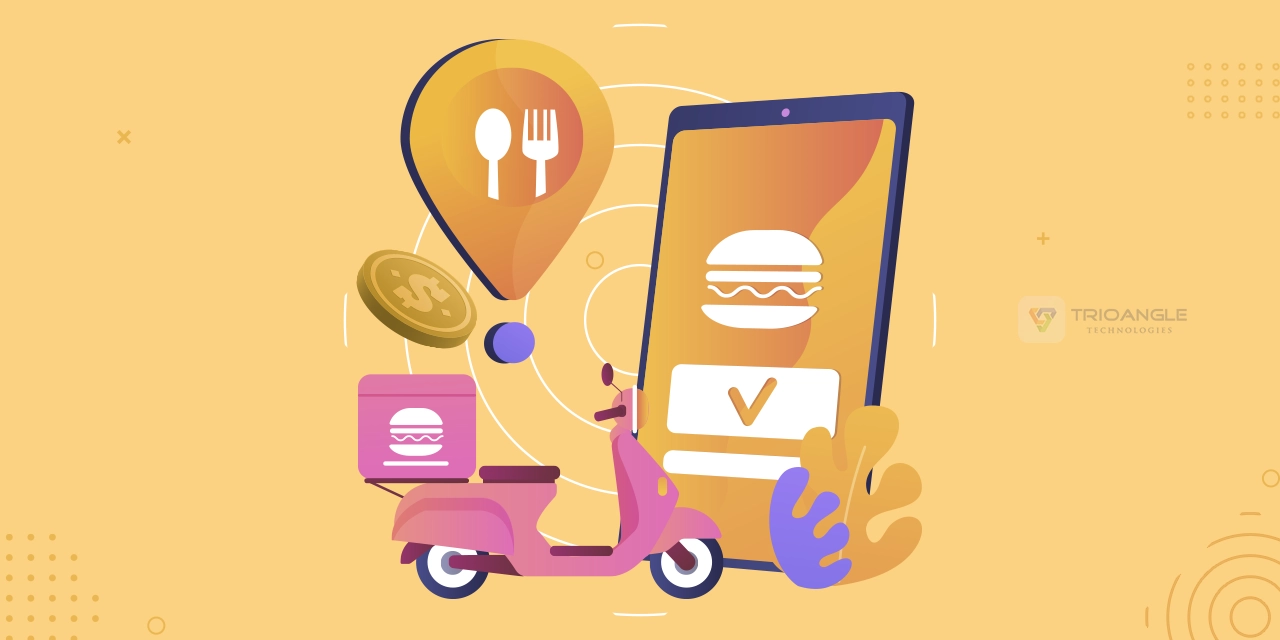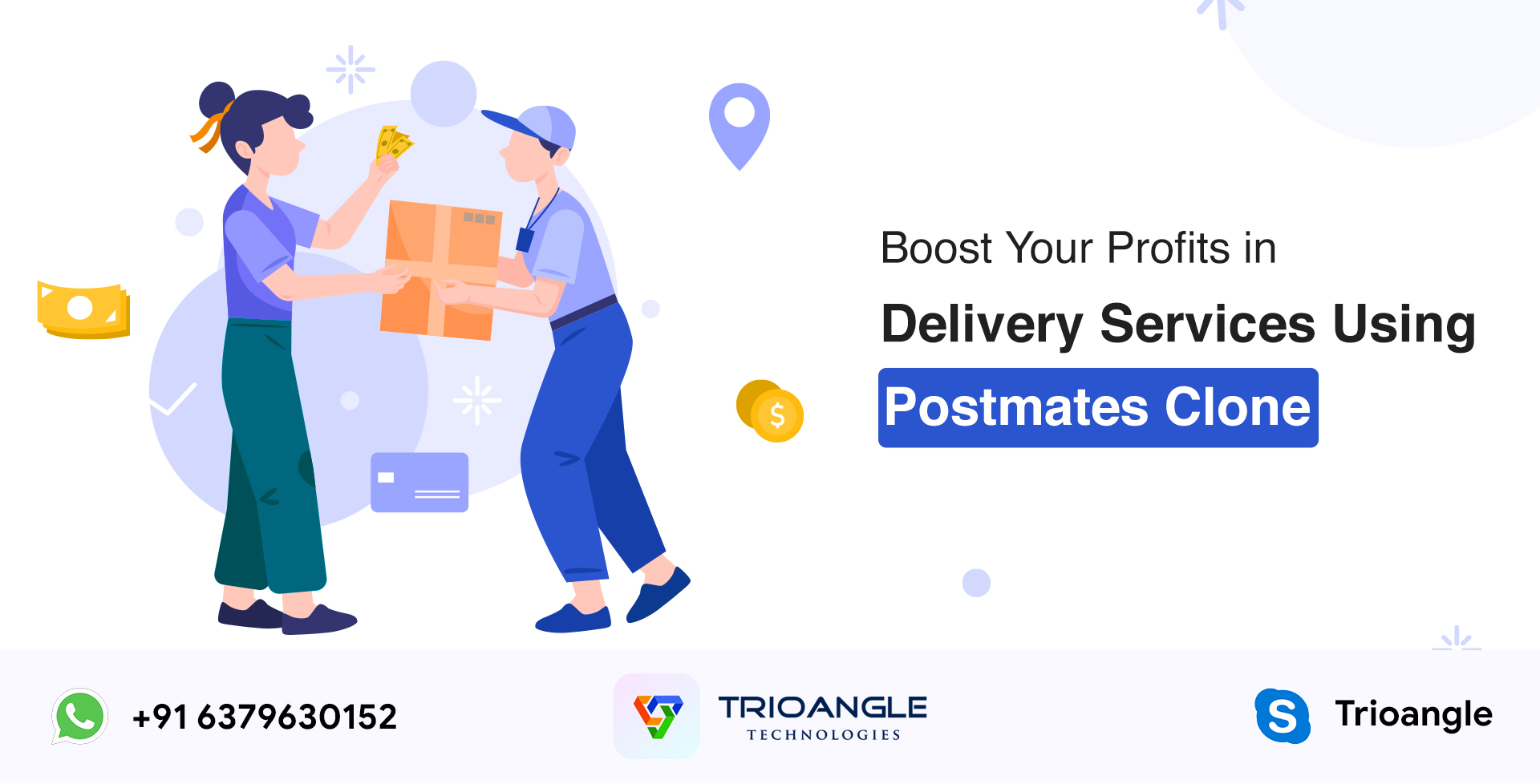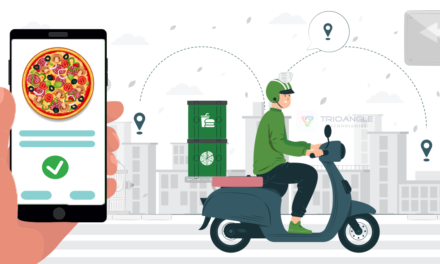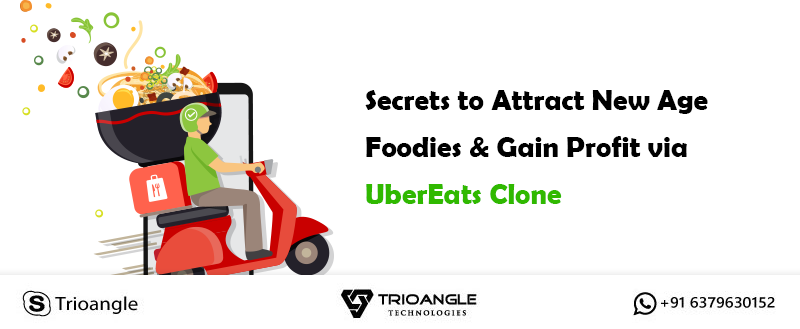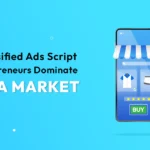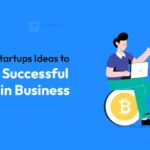In an era of increasingly busy lives, the demand for convenience has been tremendously higher. With the rise of on-demand services, consumers expect to get what they want, when they want it, with minimal hassle. This expectation has paved the way for the “delivery all” app—a revolutionary platform that brings together multiple delivery services under one roof.
“In today’s fast-paced world, convenience is not just a luxury—it’s a necessity.”
Imagine having a single app where you can order food, groceries, pharmaceuticals, and even send packages, all with a few taps on your smartphone. This is the future of convenience, and it’s here now.
As an entrepreneur, tapping into this booming market can open up immense opportunities for growth and success. Whether you’re looking to launch a new venture or expand an existing business, developing a delivery all script can be a game-changer.
Here, you’ll learn how to develop your app and monetize it successfully. Let’s start with the basics.
A Few Words About Delivery All Script
The delivery all script concept revolutionizes how we receive goods and services today.
These apps consolidate various delivery services—food, groceries, pharmaceuticals, and more—into one convenient platform.
Instead of juggling multiple applications, users can place orders across different categories within a single app, enhancing their convenience and experience.
Popular All in One Delivery Apps
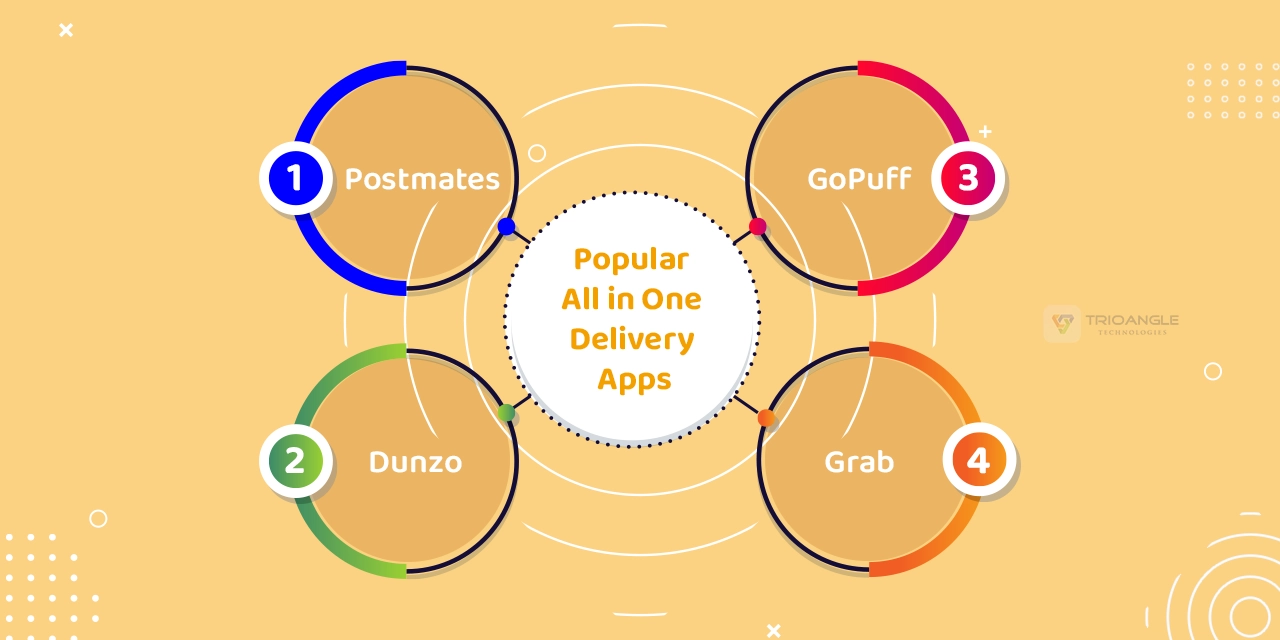
Several delivery all apps have set benchmarks in the industry, demonstrating successful implementation and widespread adoption:
1. Postmates
Postmates has made a significant mark in the delivery industry. It’s known for its extensive range of delivery services, from food to groceries and other essentials. What sets Postmates apart is its commitment to providing accessibility, ensuring that users can get what they need, whenever they need it.
2. GoPuff
Specializing in delivering daily essentials and snacks, GoPuff has carved out a niche for itself in the delivery industry. With its priority on convenience and speed, GoPuff has become a go-to option for customers to satisfy their cravings or stock up on household necessities without leaving the comfort of their homes.
3. Dunzo
Dunzo’s success story in India is a testament to the power of adaptability and innovation. By instantly offering a broad spectrum of delivery services, comprising fruits and vegetables, meat, groceries, foodstuffs, medications, packages, and pet supplies, Dunzo has become an indispensable part of daily life for many users.
4. Grab
Grab’s expansion into the delivery space in Southeast Asia showcases the company’s versatility and adaptability. By leveraging its existing ride-hailing infrastructure, Grab has seamlessly integrated food and grocery delivery services into its platform, offering users a one-stop solution for their transportation and delivery needs.
These apps have successfully integrated diverse services, providing a one-stop solution for users.
Also read,
All You Need To Know About Delivery Business and Fundamental Factors For Success
Things to Consider Before Starting Development
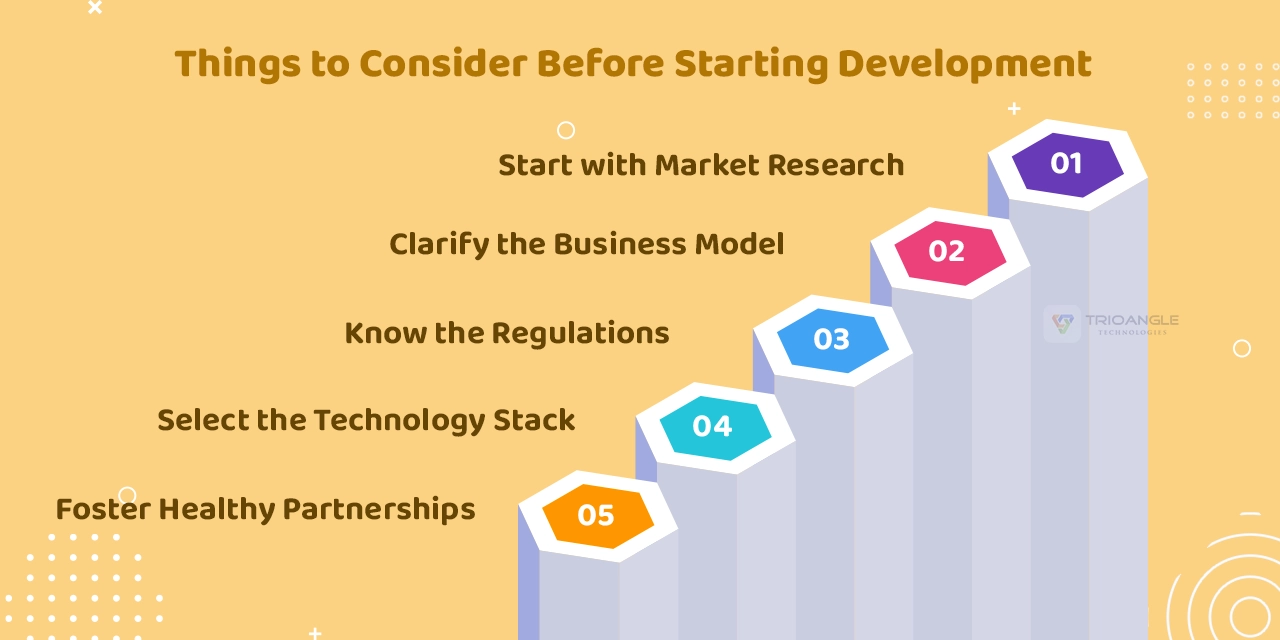
Before diving into the development, consider the following critical aspects:
1. Start with Market Research
Understand your target audience, their preferences, and the competition. This helps in identifying gaps in the market that your app can fill.
“Research is creating new knowledge.” – Neil Armstrong
2. Clarify the Business Model
Define your business model clearly. Decide whether you’ll charge commission from vendors, delivery fees from customers, or a combination of both.
For instance, Postmates operates on a commission-based business model. It may also charge customers delivery fees.
3. Know the Regulations
Ensure your app complies with local laws and regulations, especially concerning food safety, shipment protocols, and data privacy.
4. Select the Technology Stack
Choose the technology stack appropriately that can support the app’s functionalities smoothly and can scale as your user base grows.
Dunzo relies on a sophisticated technology stack to coordinate operations and provide customers with accurate and efficient service.
5. Foster Healthy Partnerships
Establish partnerships with local vendors, restaurants, and parcel dispatchers to ensure a robust supply chain and efficient operations.
Suggested read,
Demanding Delivery Services in 2023: Trends to be Aware
Launch Your Delivery Startup with an All-In-One delivery App Solution
Features to Integrate in Your Delivery All App
Following is the list of features a delivery all script must have:
1. User-Friendly Interface
A clean, intuitive interface that makes browsing, ordering, paying, and tracking easy for users.
“Make every interaction count, even the small ones. They are all relevant.” – Shep Hyken
2. Multi-Category Listings
Clearly categorized listings for different types of deliveries like food, groceries, pharmaceuticals, etc.
3. Real-Time Tracking
Allow users to track their orders in real-time to enhance transparency and trust.
4. Payment Gateway Integration
Support multiple payment options, including credit/debit cards, digital wallets, and payment on arrival.
5. Push Notifications
Push notifications inform users about their order status, special offers, and discounts.
6. Ratings and Reviews
Let users rate and leave feedback about their experience, which helps maintain the service quality and uplifts buyer confidence.
7. Customer Support
Provide robust customer support to address user queries and issues promptly.
User Panels of Delivery All Script
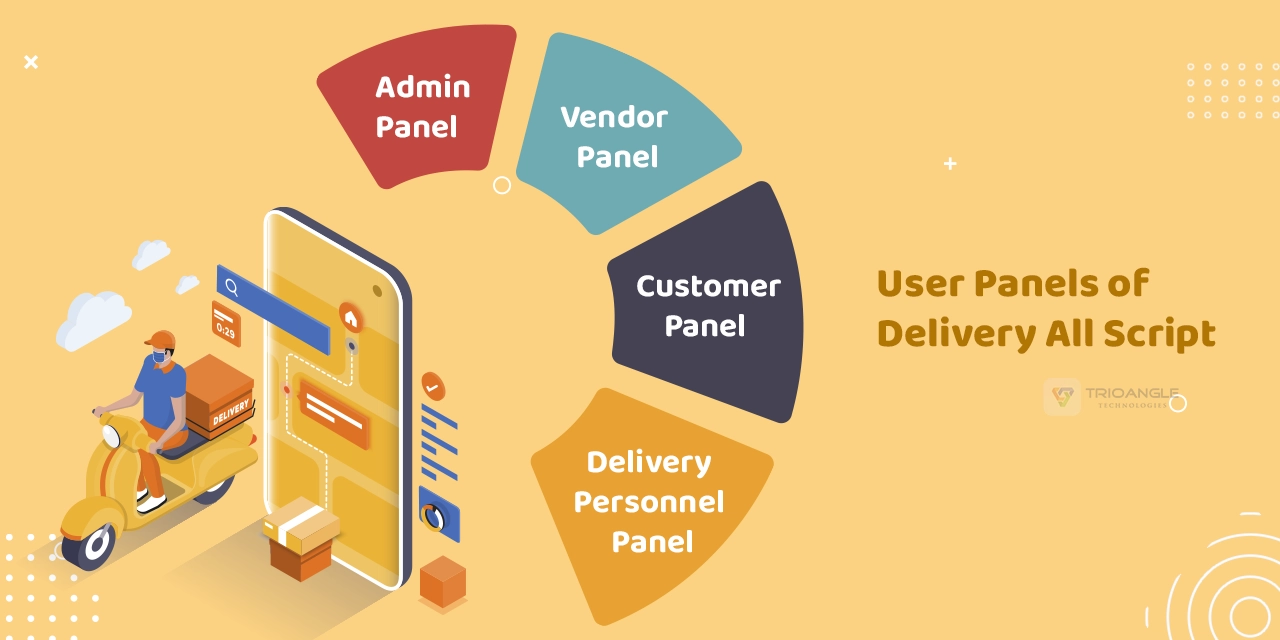
A well-rounded delivery script includes different user panels to cater to various stakeholders:
1. Customer Panel
– User Registration and Login
– Browse and Search Products/Services
– Order Placement and Payment
– Order Tracking
– Ratings and Reviews
– Customer Support
2. Vendor Panel
– Vendor Registration and Login
– Manage Product/Service Listings
– Order Management
– Payment Management
– Ratings and Feedback
– Customer Communication
3. Delivery Personnel Panel
– Delivery Personnel Registration and Login
– View Assigned Orders
– GPS Navigation for Deliveries
– Order Status Update
– Earnings and Payment Management
– Customer Communication
4. Admin Panel
– User Management (Customers, Vendors, Delivery Personnel)
– Order Management
– Payment and Transactions Management
– Analytics and Reporting
– Customer Support Management
– Promotions and Discounts Management
Strategies to Monetize the Platform
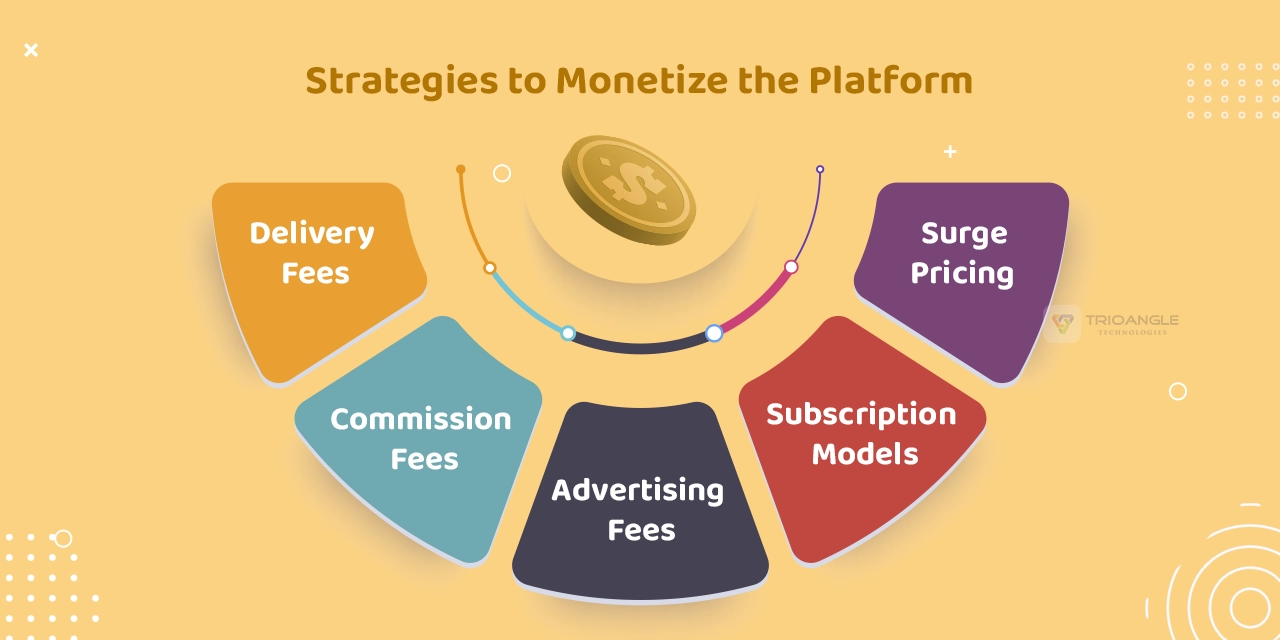
Monetizing the delivery apps can be approached through various strategies:
1. Commission Fees
Charge vendors a commission on each sale they make through the app. You can set a flat rate or a certain percentage (20%) as commission fees.
2. Delivery Fees
Charge customers a delivery fee for each order. You can offer free service on orders above $50. This encourages customers to increase their basket size and reduces delivery costs for smaller orders.
3. Advertising Fees
Allow vendors to advertise their products/services on the app for a fee. You can authorize local stores to display targeted ads to your app users. This provides valuable exposure for the stores and additional revenue for your app.
4. Subscription Models
Offer users premium subscription plans for free deliveries, exclusive offers, no ads, etc.
5. Surge Pricing
Implement surge pricing during peak hours or high-demand periods to maximize income.
The Cost of On Demand Delivery App Development
“Price is what you pay. Value is what you get.” – Warren Buffett
The cost of on-demand delivery app development varies based on multiple factors such as
- The app’s complexity,
- Features requirement,
- Platform (iOS, Android, or both), and
- The development team’s location.
Here’s a breakdown of typical costs:
1. Basic App – $3,000 – $10,000
2. Medium Complexity App – $10,000 – $20,000
3. High Complexity App – $20,000 – $50,000+
These costs include development, design, testing, and deployment. It’s advisable to start with an MVP (Minimum Viable Product) to test the market and gather user feedback before scaling up.
Conclusion
Building a successful delivery all script involves thorough planning, strategic partnerships, and a keen understanding of market needs.
Entrepreneurs can succeed in the competitive market by focusing on user-friendly features, robust technology, and effective monetization strategies.
With the right approach and execution, your app can become an indispensable part of users’ daily lives, driving convenience and satisfaction.
All the best!
To Get a Free Demo of Delivery All Script

